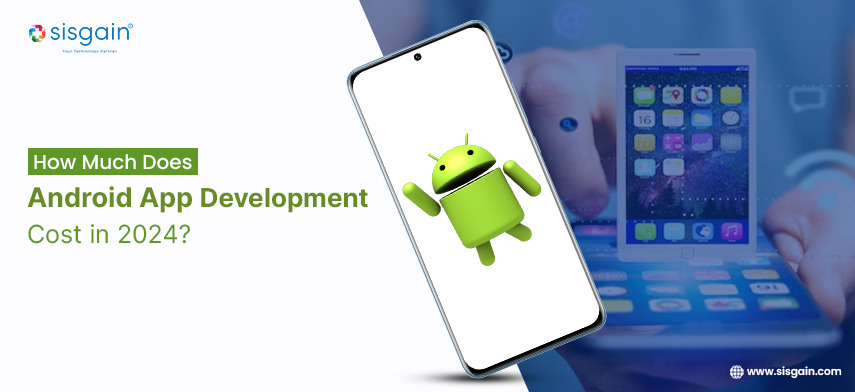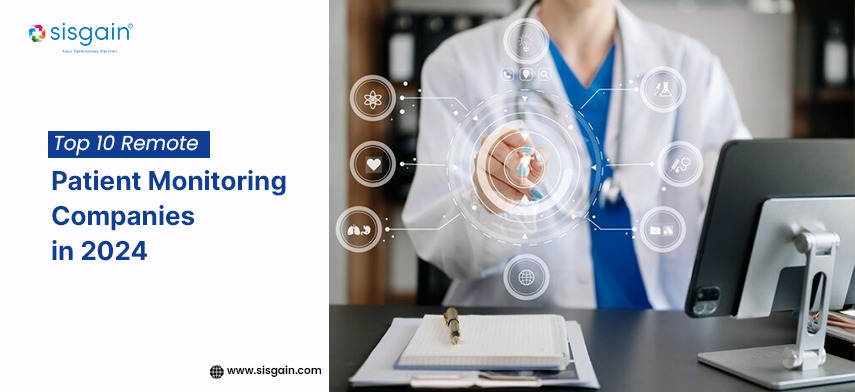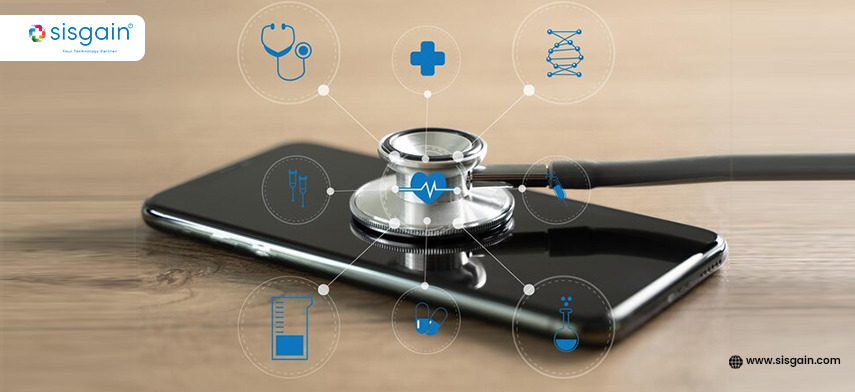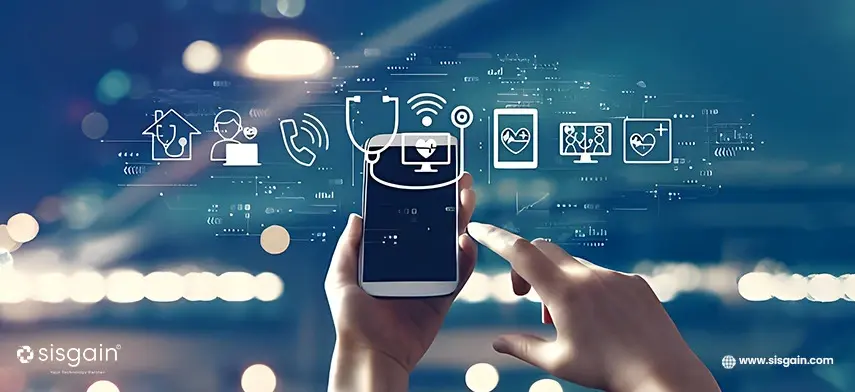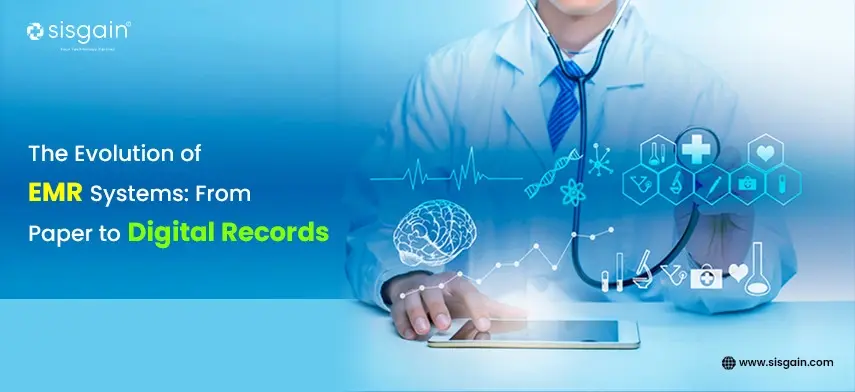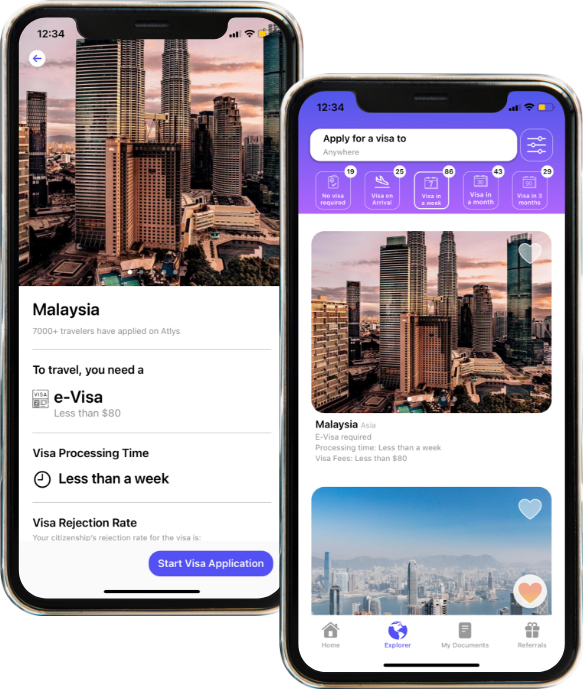 15 March 2023
David
What is the Difference between Telehealth and Telemedicine?
0
15 March 2023
David
What is the Difference between Telehealth and Telemedicine?
0
In the current times, healthcare has come a long way in terms of technological advancements. In the past decade, telehealth and telemedicine have emerged as two of the most significant technological advancements in healthcare. These two terms are often used interchangeably, leading to confusion about their meanings and differences.
In this blog, we will explore the differences between telehealth and telemedicine and how they are used in modern healthcare .
Telemedicine
Telemedicine is a term used to describe the use of electronic communication technologies to provide clinical healthcare services. The technology used for telemedicine is usually video conferencing, which allows a patient and a healthcare provider to communicate remotely. Telemedicine can be used to diagnose, treat, and monitor patients, and it has been proven to be effective in a variety of medical settings.
Telemedicine is often used in situations where there is a shortage of healthcare providers, or when patients are located in remote areas. Telemedicine can also be used to reduce healthcare costs and improve patient outcomes.
There are several types of telemedicine services, including:
Real-time telemedicine: This type of telemedicine involves live video conferencing between a patient and a healthcare provider. This can be used for consultations, diagnosis, and treatment.
Store-and-forward telemedicine: This type of telemedicine involves the exchange of medical information, such as images, videos, and medical records, between healthcare providers. This can be used for consultations and diagnosis.
Remote patient monitoring: This type of telemedicine involves the use of electronic devices to monitor a patient's health remotely. This can be used to track vital signs, such as blood pressure, heart rate, and oxygen levels.
Telemedicine has been proven to be effective in a variety of medical settings, including primary care, mental health, and specialty care. Telemedicine has also been shown to improve patient outcomes and reduce healthcare costs.

Telehealth
Telehealth is a broader term that encompasses a variety of healthcare services, including telemedicine . Telehealth includes the use of electronic communication technologies to provide healthcare services and information. Telehealth can be used for patient education, health promotion, and disease prevention.
Telehealth can be used to improve access to healthcare services , particularly for underserved populations. Telehealth can also be used to reduce healthcare costs and improve patient outcomes.
There are several types of telehealth services, including:
Remote patient monitoring: This type of telehealth involves the use of electronic devices to monitor a patient's health remotely. This can be used to track vital signs, such as blood pressure, heart rate, and oxygen levels.
Mobile health: This type of telehealth involves the use of mobile devices, such as smartphones and tablets, to provide healthcare services and information.
Telehealth consultations: This type of telehealth involves the use of video conferencing to provide healthcare consultations.
Telehealth is a rapidly growing field in healthcare . As technology continues to improve, telehealth is becoming more accessible and effective. Telehealth can improve access to healthcare services, particularly for underserved populations. Telehealth can also reduce healthcare costs and improve patient outcomes.
Differences between Telemedicine and Telehealth
Telemedicine is a subset of telehealth that specifically refers to the use of electronic communication technologies to provide clinical healthcare services. Telemedicine is focused on the delivery of medical care, such as consultations, diagnosis, and treatment.
Telehealth, on the other hand, is a broader term that encompasses a variety of healthcare services, including telemedicine. Telehealth includes the use of electronic communication technologies to provide healthcare services and information, such as patient education, health promotion, and disease prevention.
While telemedicine and telehealth are similar in many ways, there are some key differences between them that are worth noting.
Focus: Telemedicine is focused on the delivery of medical care, such as consultations, diagnosis, and treatment, while telehealth is a broader term that encompasses a variety of healthcare services, including patient education, health promotion, and disease prevention.
Scope: Telemedicine is a subset of telehealth, which means that it has a more narrow scope. Telehealth, on the other hand, is a more comprehensive term that encompasses a broader range of healthcare services.
Technology: Both telemedicine and telehealth use electronic communication technologies, but the technology used for telemedicine is usually video conferencing, while telehealth may also include the use of mobile devices and remote patient monitoring.
Reimbursement: Reimbursement for telemedicine services is often provided by healthcare payers, such as insurance companies, while telehealth services may be reimbursed by a wider range of payers, including employers and government agencies.
Regulations: Telemedicine is subject to specific regulations and licensing requirements, while telehealth may be subject to different regulations and requirements depending on the specific type of service being provided.
At SISGAIN , we provide Telehealth & Telemedicine App development services to help healthcare providers deliver high-quality care remotely. Our Telehealth and Telemedicine solutions are designed to be user-friendly, secure, and compliant with regulatory requirements.
In conclusion, while telehealth and telemedicine are often used interchangeably, they are actually two distinct terms with different meanings. Telemedicine is focused on the delivery of medical care, while telehealth is a broader term that encompasses a variety of healthcare services. Both telemedicine and telehealth use electronic communication technologies, but the technology used for telemedicine is usually video conferencing, while telehealth may also include the use of mobile devices and remote patient monitoring. Reimbursement and regulations for telemedicine and telehealth may also differ. By understanding these differences, healthcare providers can choose the appropriate technology and services to deliver high-quality care remotely.

